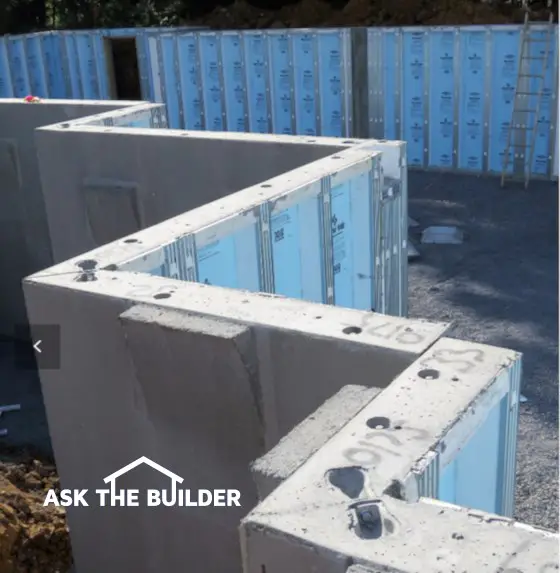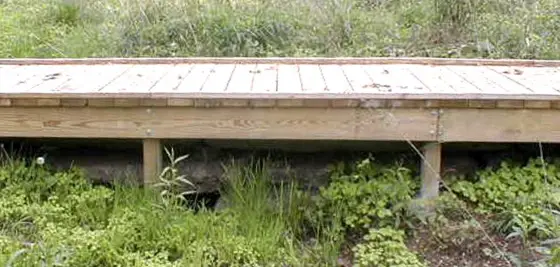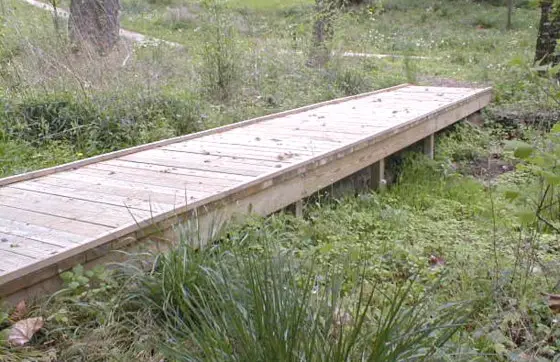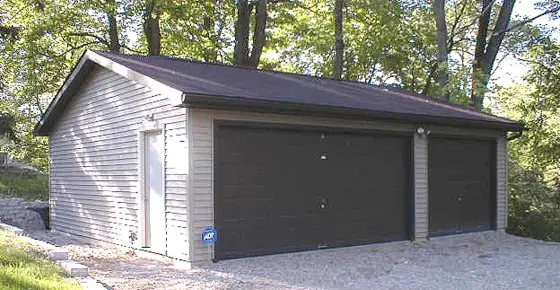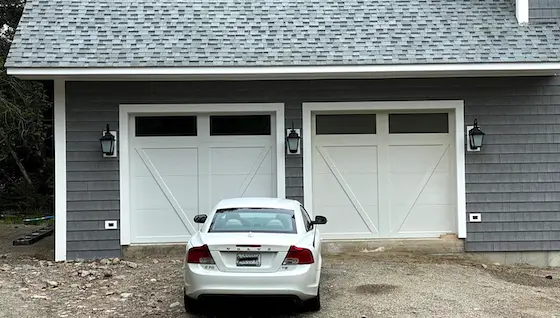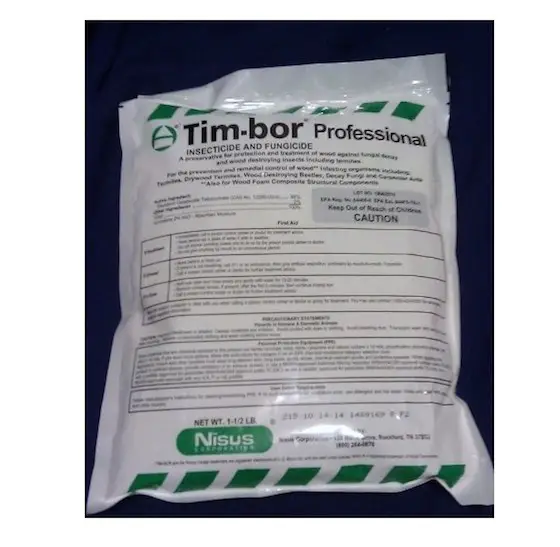DEAR TIM: I plan to install a new front door for my home. The fiberglass doors have my attention. They seem to have the look and feel of wood doors but not some of the problems. Some sales people tell me that the doors are basically maintenance free. Is that true? Can you really stain the doors to make them look like wood? What happens if the finish fails? Tony D., Leesville, LA
DEAR TONY: You are on the right track when you choose to use a fiberglass exterior door. They have captured all of the positive qualities of different doors and packaged them into one product. Wood doors appeal to most people because they are so beautiful. Unfortunately wood combined with water usually produces warpage, rot, and premature finish failure. Anyone who owns a fiberglass boat will tell you that you can soak your new door for days and have no problems whatsoever.
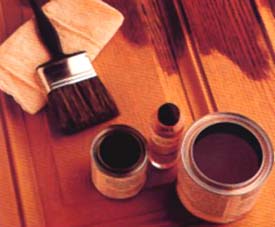
This is a typical stain and finish kit. It is easy to apply the stain and clear protective coating. But be sure to follow the manufacturer's recommendation for follow-up care. Photo credit: Therma-Tru Corporation
There are few totally maintenance free building products. Vinyl siding requires periodic washings because of air borne dirt, colorized concrete pavers can fade over time, and even your new fiberglass door finish will fail. Accept the fact that maintenance will have to be done. The trick is to keep up with it so that you can avoid a painful total finish restoration job.
The stains and clear coat finishes that are supplied with just about every fiberglass door are similar to regular oil stains and clear urethanes that are used on wood doors. Sunlight, rain and exposure to the atmosphere eventually degrade clear finishes on any surface. The fiberglass door manufacturers are continuing to work hard to produce clear water based top coats that offer excellent protection. Some are now available with 5 year finish warranties.
To extend the finish on your gorgeous fiberglass door, you need to carefully follow the instructions with regard to finishing the door. As with any coating, you must apply the stain to a clean surface. Use the cleaner provided in your specific finishing kit or an approved off the shelf cleaner. Do not use any other soap or cleaner. You may leave behind chemical components that could be incompatible with the stain and/or clear finish!
Pay attention to the air temperature. Most door manufacturers want their finish products applied when the temperature is between 50 and 90 F. Work in the shade if possible or erect a temporary sun screen so that you are not working in direct sunlight. The stain and clear coat products will be easier to work with. Try to avoid working on windy days. The components may dry too quickly or you will find it is hard to maintain a wet edge.
Be careful to follow the staining instructions to the letter. Some kits require that you wait different prescribed times for light and dark colored stains. Failure to do this can result in a blotched appearance. Usually the stain must dry for several days before you apply the final thin layers of clear coat.
Some manufacturers supply you with a cool fiberglass sample that you clear coat as well. Store this inside your house in a safe area where you can find it. Use it each spring to see how the gloss of the door's clear coat has succumbed to the elements. You need to apply a fresh coat of clear coat once the door feels rough or the gloss begins to dull. If you allow the clear finish to fail, you will be stuck with a massive restoration project.
If restoration becomes necessary, you need to remove the old finish with paint and stain removers. Most manufacturers tell you in the original door installation instructions which strippers are safe. You need to be careful as some parts of the door have special primers that can be softened by more than several minutes exposure to common paint strippers. If you allow this to happen, your visions of maintenance free products will evaporate into thin air.
Column 264


